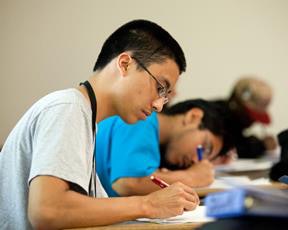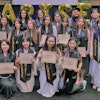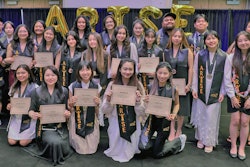
But all that changed in college, where she began participating in Sacramento State’s Full Circle initiative, a federally funded endeavor aimed at reducing educational disparities among Asian American subgroups and improving graduation rates.
“I was a shy girl, and it was a big step for me to leave home for college,” said Her, whose family lives in Marysville, a town of 12,000 about 40 miles north of Sacramento. “My family thinks the best careers are in medicine and law, so I thought I would study nursing. But now that I’m seeing how higher education changes so many lives, especially for low-income people, I might work in higher education instead.”
She added, “I am now better able to express what I want.”
Her’s comments came last week during the annual conference of the Asian Pacific Americans in Higher Education (APAHE). Since its 1987 inception, the organization has developed programs and addressed issues impacting Asian Americans and Pacific Islanders (AAPIs). It has evolved from a group of almost exclusively Californians into one with national reach.
Her and other Sacramento State undergraduates were panelists at a session titled “Student Leaders Coming Full Circle.” Their reflections illustrate some of the outcomes and benefits produced by initiatives financed by U.S. Department of Education grants for universities designated as Asian American and Native American Pacific Islander-Serving Institutions (AANAPISI). Ten percent or more of undergraduates at each of these schools, including Sacramento State, are AAPI and at least 50 percent of all students there, regardless of race, rely on Pell Grants or other federal aid.
At Sacramento State, a major component of its Full Circle initiative consists of ethnic studies courses aimed at increasing retention of AAPI freshmen. Two courses per semester introduce first-year students to Asian American studies, ethnic studies, and contemporary issues and social change. All of the courses count toward graduation requirements for any academic major.















